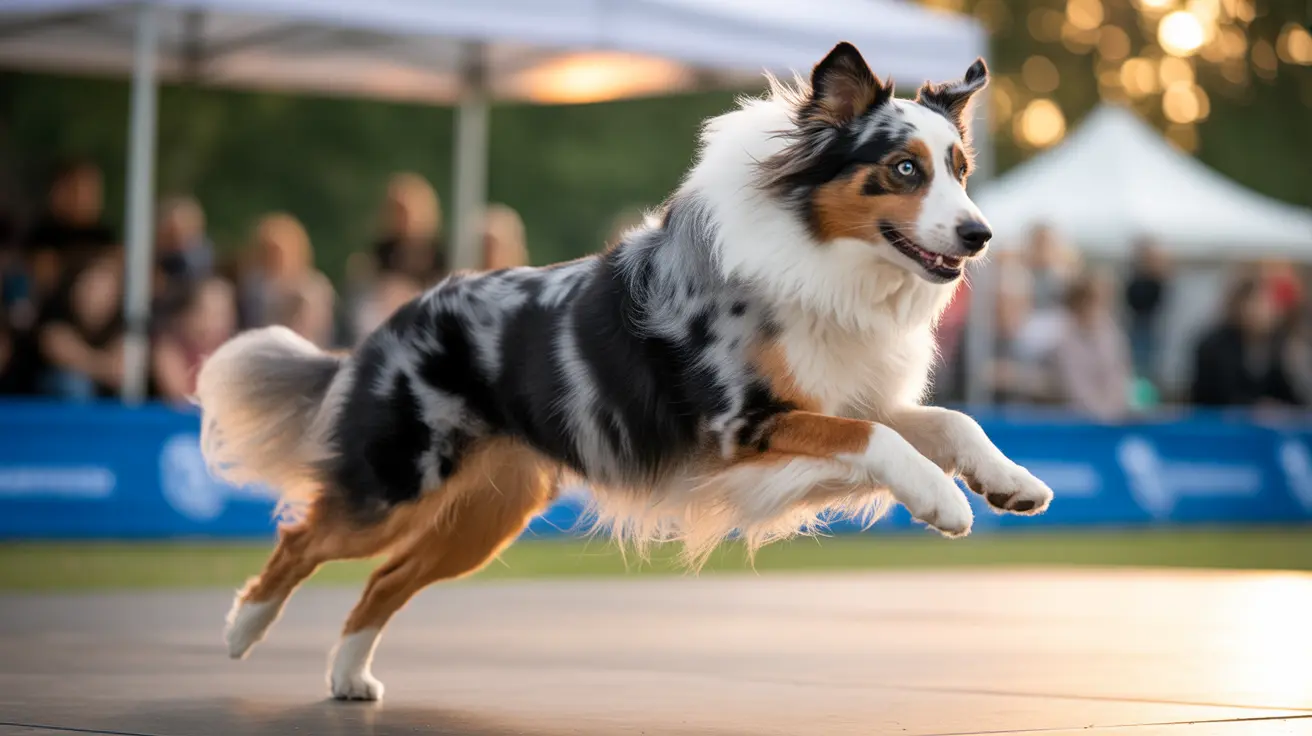Understanding Why Your Dog Constantly Licks Its Paw
It's normal for dogs to occasionally lick their paws as part of routine grooming. However, when licking becomes persistent or aggressive, it may indicate an underlying issue that requires attention. Here’s a comprehensive guide to help identify and address the cause of this common canine behavior.
Common Causes of Paw Licking in Dogs
- Injuries: Dogs may lick their paws in response to cuts, abrasions, insect stings, splinters, torn nails, or irritation from hot or rough surfaces. Pain or discomfort in another part of the leg may also cause licking.
- Allergies: Whether caused by food or environmental triggers like pollen and grass, allergies often manifest as itchy paws, leading to excessive licking.
- Infections: Bacterial or yeast infections, especially in moist areas between toes, can result from saliva build-up and excessive licking. Parasites like mites or fleas can also provoke itching.
- Growths or Structural Issues: Tumors, cysts, arthritis, or soft tissue injuries can lead to frequent licking and even limping.
- Behavioral Issues: Stress, anxiety, or boredom may encourage a dog to self-soothe through chronic licking. Triggers can include changes in routine, loud noises, or separation.
- Dry Skin: Dogs exposed to arid climates, over-bathing, or lacking hydration may develop dry, cracked paw pads prompting them to lick for relief.
Diagnosing the Problem
To determine the cause, monitor:
- Which paw is affected – Is the licking isolated to one paw or several?
- Frequency and intensity – Is the dog licking occasionally or obsessively?
- Visible signs – Look for redness, swelling, raw skin, or foreign objects such as thorns or debris.
At-Home Prevention and Treatment Tips
- Inspect the Paw: Compare it to the other paws. Check for embedded items, swelling, or injuries. Move the joints gently to detect pain or abnormalities.
- Clean and Treat Wounds: Use mild soap and warm water. Apply an antiseptic like diluted chlorhexidine. Use antibiotic or antifungal creams as needed, and bandage the area safely.
- Use Paw Protection: Booties or socks can prevent exposure to irritants and protect healing skin. Wash and dry paws after outdoor walks.
- Manage Allergies: Visit a vet to discuss antihistamines, prescription allergy meds, or allergy testing. Environmental and dietary changes might also help.
- Moisturize: Apply a pet-safe moisturizer such as a paw balm or coconut oil. Avoid over-bathing and use gentle dog shampoos.
- Provide Mental and Physical Stimulation: Prevent behavioral licking by offering chew toys, regular exercise, interactive games, and keeping a consistent routine.
- Deter Licking: Use bitter-tasting sprays like bitter apple only after ruling out medical issues. An Elizabethan collar (cone) might be necessary for severe cases.
When to See a Veterinarian
If licking persists despite home care, or if you observe signs like swelling, limping, raw or infected skin, or behavioral distress, consult a vet. Chronic licking may lead to lick granulomas—open wounds that become infected and extremely uncomfortable for your dog.
- Seek immediate help for signs of pain, open wounds, bleeding, or limping.
- A vet may refer you to a dermatologist or behaviorist if the issue is complex.
- Persistent inflammation or infection requires prescription treatments.
Conclusion
Paw licking in dogs can range from normal grooming to a signal of serious health or emotional concerns. Early identification and intervention are key to preventing further complications and ensuring your dog remains happy and comfortable. If the licking behavior intensifies, don’t hesitate to involve your veterinarian to get to the root of the problem.





